The fascinating Art Deco style arrived to Cuba shortly after 1925. The city of Havana is a treasure trove of Art Deco architecture and visual arts, especially sculpture.
The beginning of the Art Deco era officially started in 1925 when the Paris Exposition Internationale des Arts Décoratifs et Industrieles Modernes took place. Even though Art Deco started emerging as early as 1908, the year 1925 was when the movement’s principle forms were defined. The world embraced this new, simple style which reflected the modern way of life of the Machine Age. It quickly spread from Europe to North America and many other parts of the world, including Cuba. Art Deco became so popular that it not only appeared as a new style in architecture and visual arts, but it also influenced fashion, graphic design and popular culture.
The first buildings in Art Deco style appeared in Havana in 1927. One was a private house in the residential neighborhood of Miramar and the other a five storey apartment building in Centro Havana. Besides many smaller private homes, mostly in El Vedado and Centro Havana neighborhoods, the most notable buildings from the early Art Deco period are Edificio Bacardí (1930), Hotel Nacional (1930) and Edificio López Serrano (1932).
Visual artists, just like architects, were influenced by their counterparts in Europe and North America. In painting, though, it is sometimes difficult to classify works of some artists within the Art Deco style. Painters adopted the basic principles of Art Deco, but at the same time, created art with very strong native and Afro-Cuban influences. The best representatives of Cuban Art Deco painting are Amelia Paláez, Antonio Gattorno and Victor Manuel García.
With the introduction of various magazines, posters and ads, graphic design flourished, especially during the period between the two world wars. José Hernández Cárdenas, Enrique García Cabrera, Jaime Valls and Conrado Massaguer were the most notable graphic designers of this period. They created magazine cover pages, book covers, magazine ads and posters, and some of them, like Massaguer, were simultaneously working for both Cuban and American publications.
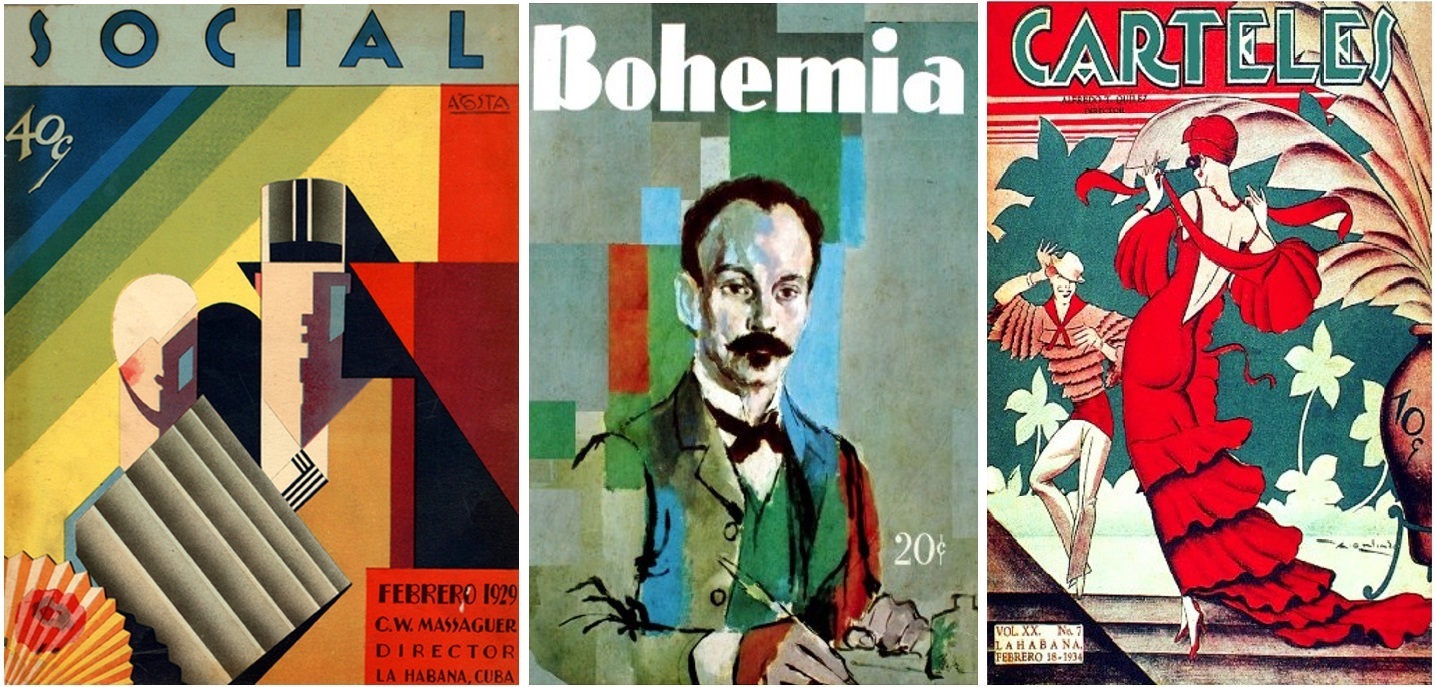 With easily recognizable Art Deco style, lots of exposure and numerous commissions, Cuban sculpture in this period, especially in the 20’s and 30’s, reached a Golden Age. Artists created sculptures and fountains for open public spaces, decorative bas-relief panels and other interior and exterior decorative elements for public buildings and private homes.
With easily recognizable Art Deco style, lots of exposure and numerous commissions, Cuban sculpture in this period, especially in the 20’s and 30’s, reached a Golden Age. Artists created sculptures and fountains for open public spaces, decorative bas-relief panels and other interior and exterior decorative elements for public buildings and private homes.
Many sculptors were also involved in designing mausoleums for prominent families at Havana’s Cristóbal Colón cemetery. The most famous sculptors of this era were Juan José Sicre and his student, Rita Longa. Sicre’s work includes the monumental seated figure of José Martí, winner of a public contest for the Memorial de la Plaza Cívica (now Plaza de la Revolución). Sculptures by Rita Longa can be found all around Havana, but the best three, according to art critics and historians, are Fuente de los Mártires, a fountain located in Old Havana, Grupo Familiar, a cast bronze deer family, located at the entrance of the Havana Zoo, and a statue of the Virgen del Camino, located in a suburban Havana park.
Rita Longa’s Ballerina at the entrance of the Tropicana cabaret is, to this day, one of the most recognizable symbols of Havana.
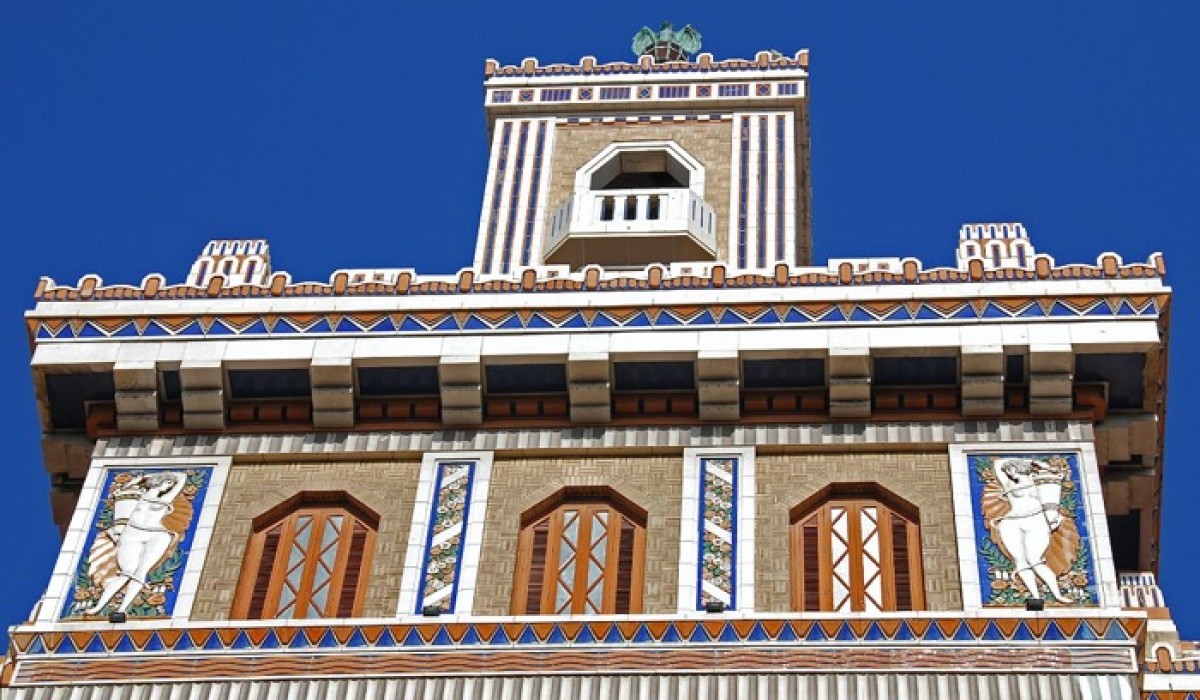
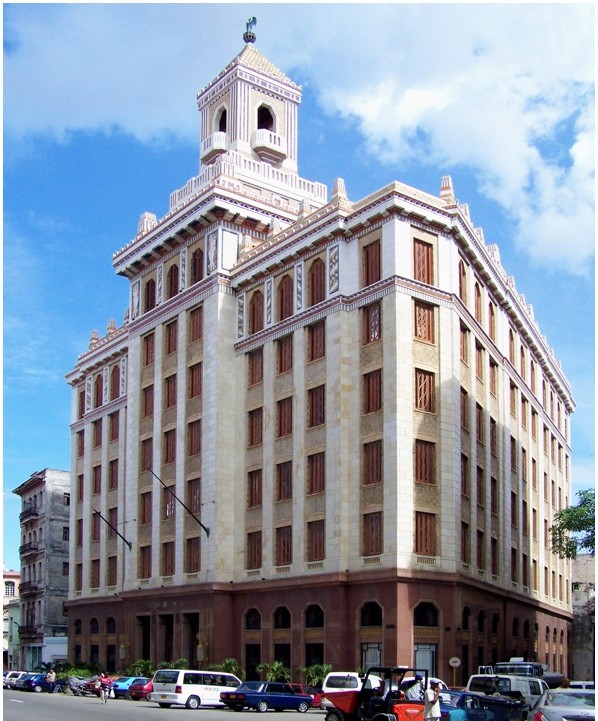
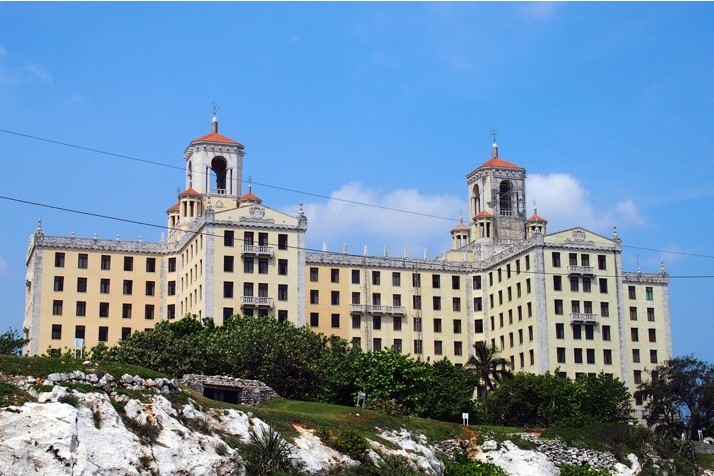
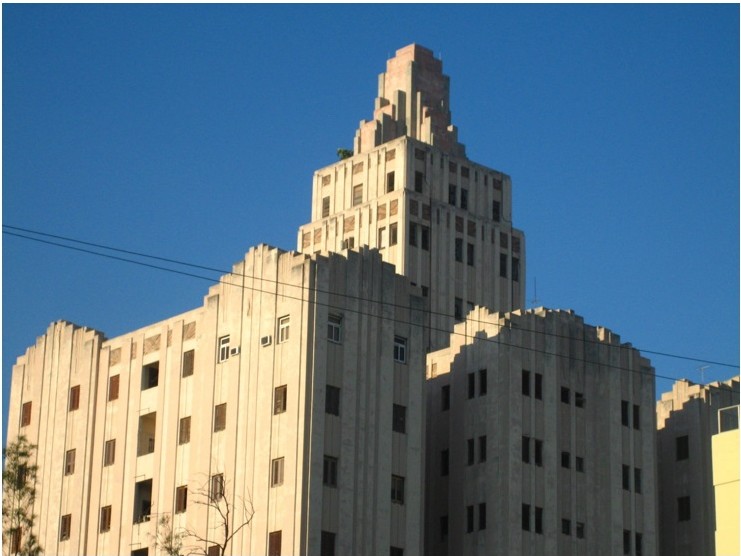
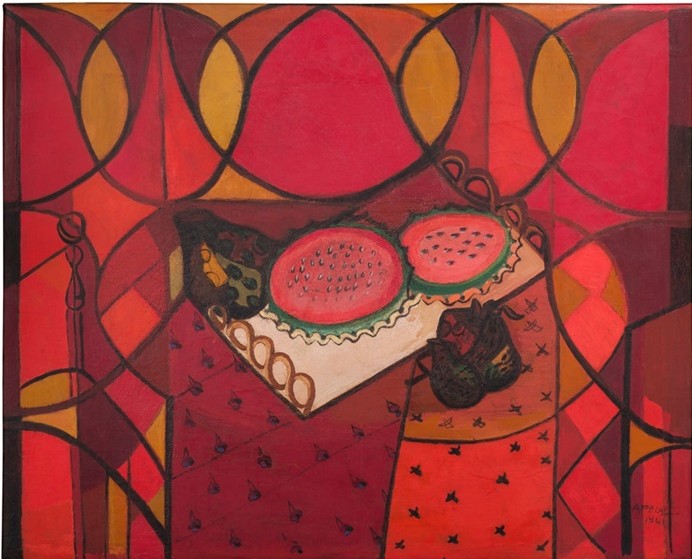
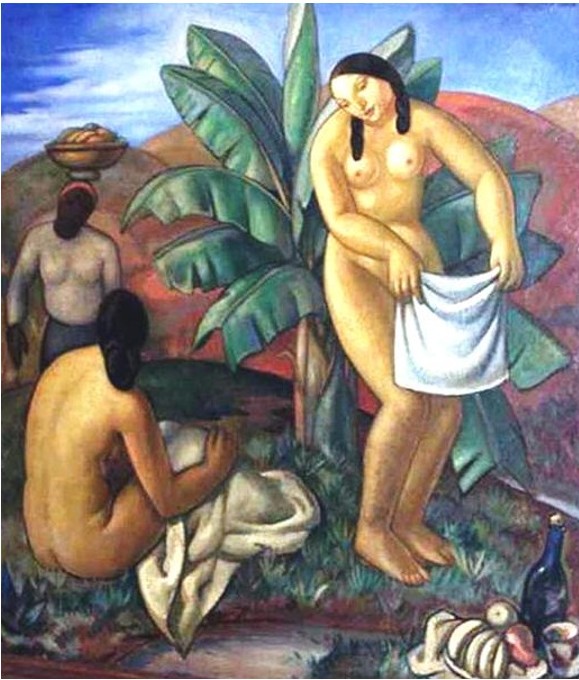
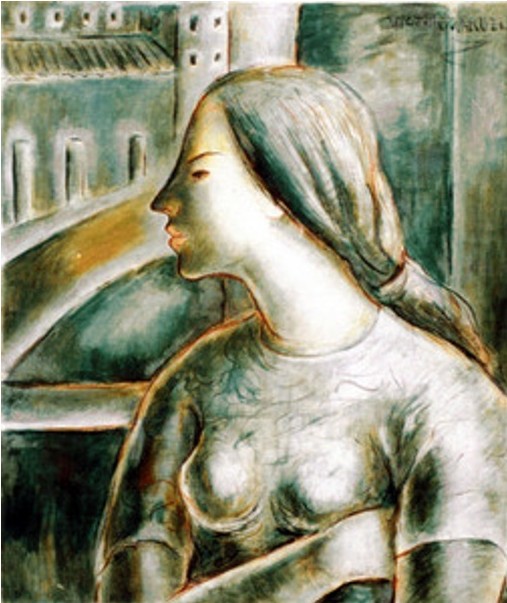
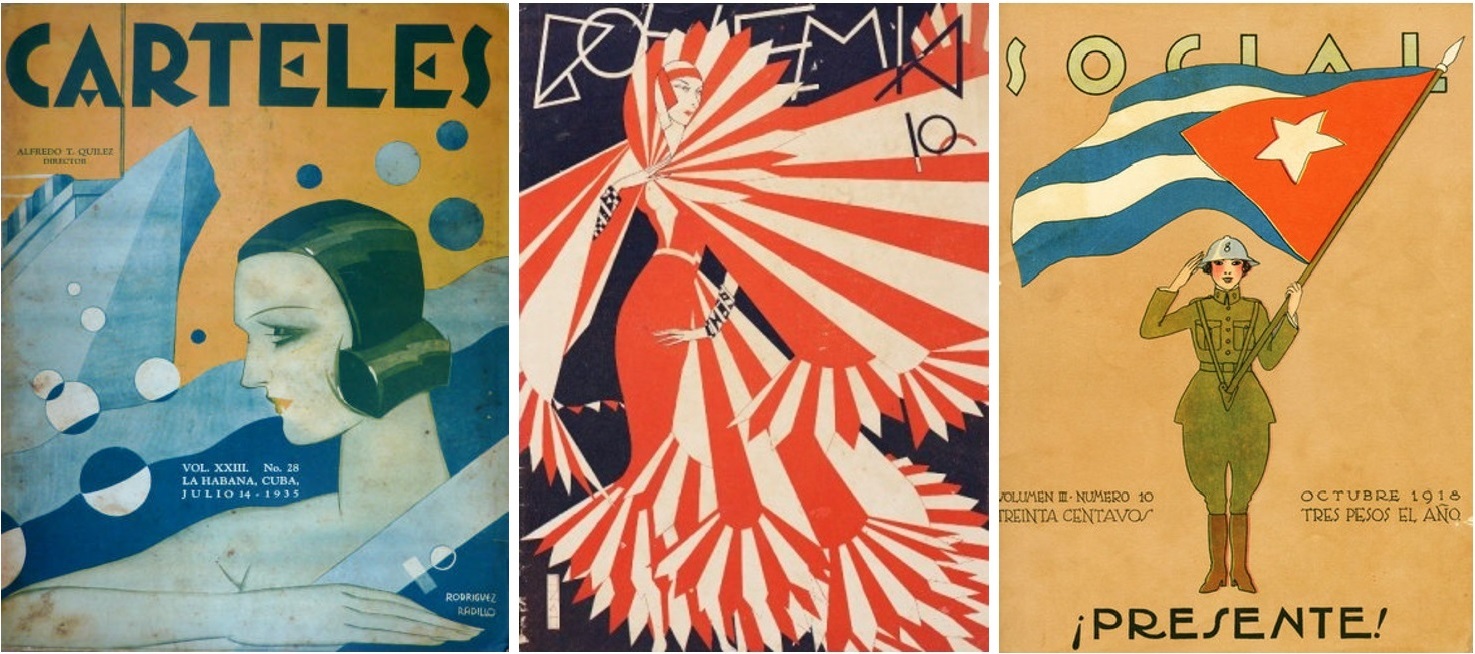
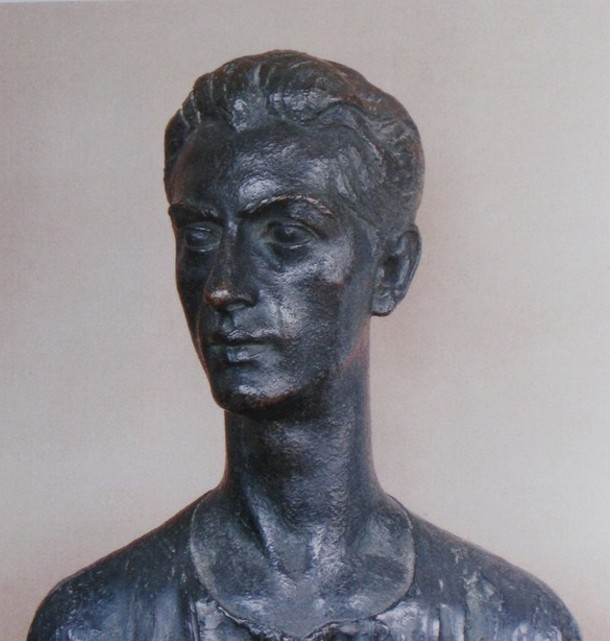
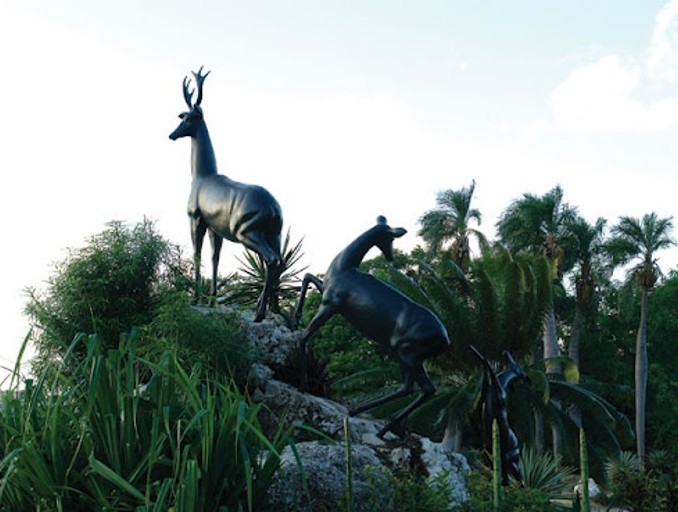
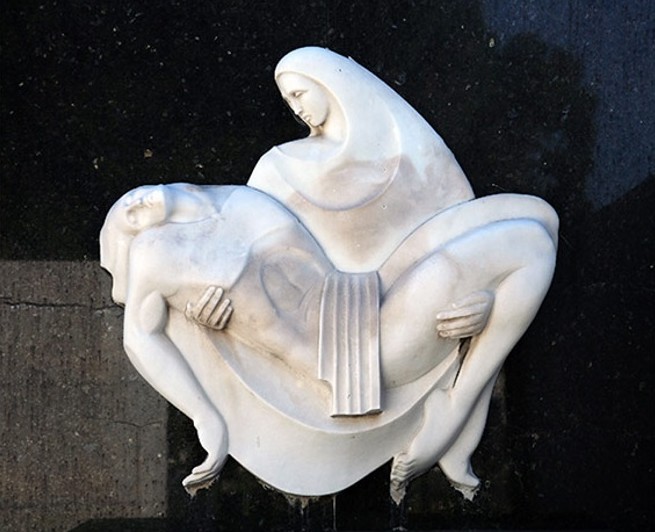
Beautiful article… Art Deco + Havana, it seems like the perfect combination!
Thank you Ivana! Art Deco is often overlooked by visitors and there are a lot of wonderful examples, especially of Art Deco architecture, all over the city.
I would like to buy a full run of the Cartels art deco covers? Do you have a routing to a Cuban magazine seller?
Unfortunately I don’t. I am pretty sure it would be close to impossible to find a full run, but I wish you the best of luck!